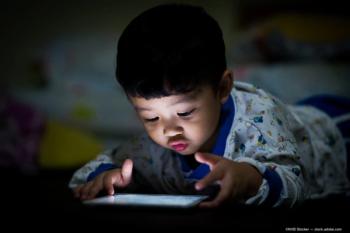
ASCRS Live: Long-term outcomes with LASIK using the iDesign 2.0 software
Stephen Coleman from Coleman Vision in Albuquerque, New Mexico, spoke with the Ophthalmology Times© team discussed the long-term outcomes with LASIK using the iDesign 2.0 software.
Stephen Coleman from Coleman Vision in Albuquerque, New Mexico, spoke with the Ophthalmology Times© team discussed the long-term outcomes with LASIK using the iDesign 2.0 software.
Video transcript
Editor’s note: Transcript lightly edited for clarity.
Stephen Coleman, MD:
Hi, I'm Stephen Coleman from Coleman Vision in Albuquerque, New Mexico, and I'll be presenting a paper on behalf of Optical Express, the largest laser provider in the world. It is about long-term outcomes with LASIK using the iDesign 2.0 software.
I will preface this by saying that it's exceptionally difficult for doctors to get long-term data on LASIK because fundamentally...excellent across the board. It's very difficult actually to get patients back into your office to collect data, because they're having... So that bottom line in the presentation involves 320 patients with a total of 640 eyes and data has been collected at 1 year for all of these patients. The outcomes are impressive. With respect to the change in best-corrected distance vision, the number of people actually is 97% that improved beyond a line.
Again, I say this to my staff, similar to the way the NFL is. They call it a game of inches. with LASIK it's about microns and it's also percentages. It's not big, double-digit changes in corrected vision. We're at the point in 2023 where a small percentage, incremental changes, from one laser system to the other are actually very important for us... LASIK, we dedicate our life to this.
So with that thought in mind, the 2.0 software has 1250 data points across a 7 millimeter pupil that make it explicitly precise, determining a treatment profile for any given person. The topography-integrated aspect of it is 125 data points and those topographic, true topographic points, are integrated into the ablation profile for each patient. So that's why we see these long-term outcomes exceptionally stable. It's currently the platform that I use and the platform that I think currently is the best with respect to treating higher-order aberrations in particular.
Newsletter
Don’t miss out—get Ophthalmology Times updates on the latest clinical advancements and expert interviews, straight to your inbox.



















































.png)


